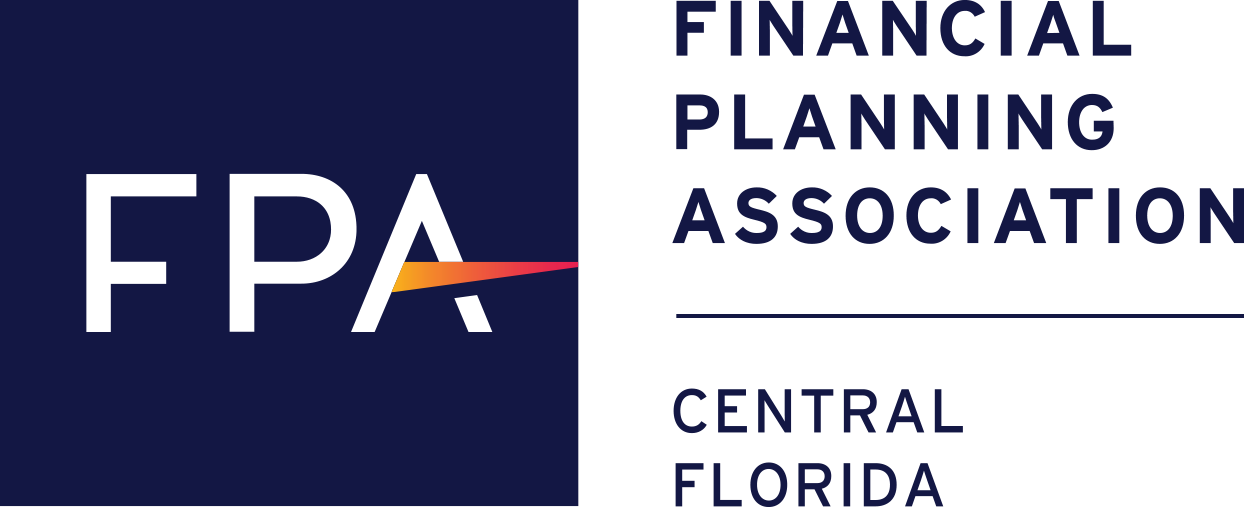
Maximizing Your Home as an Asset
(Part 3 in a series of articles about home ownership)
Your home could be your most versatile and valuable financial asset. Here in the third in a series of articles from the Financial Planning Association® (FPA®) about home ownership, we offer advice on how to put that asset to work for you.

Owning a home provides you with much more than a roof over your head. Your home is a versatile asset, a kind of financial Swiss Army knife that can be used to help fund a college education or to pay down an onerous credit card debt, for example, or to provide a steady income stream, or as an investment that adds diversity, growth potential and tangibility to an asset portfolio.
“I think it’s important that people [who own a home] consider using it as an asset,” says FPA member and CERTIFIED FINANCIAL PLANNER™ (CFP®) professional Dennis R. Nolte of Seacoast Investment Services in Oviedo, Fla.
Here are several ways to tap the value of that asset:
A mortgage refinance. Refinancing a mortgage essentially entails moving out of an existing mortgage loan on your home, to a new loan, a transaction that typically comes at a cost to the homeowner — 2-3% of the overall amount borrowed is a good rule of thumb, although costs can range higher and lower.
Given the potential long-term financial implications, the decision whether to refinance should come only after carefully considering the costs, benefits, risks and tax ramifications. A financial professional can help you weigh those factors to come to a decision that’s in your best interests. To find a CERTIFIED FINANCIAL PLANNER™ professional in your area, check out FPA’s searchable national database at www.PlannerSearch.org.
Many refinancing transactions occur because the homeowner wants to access a lower mortgage rate. In most cases, the homeowner (in consultation with a trusted financial professional) deems it worthwhile to take on the cost of the refinance in order to lower their monthly mortgage payment or to shorten the term (length) of the loan, such as from 30 to 15 years. So if prevailing mortgage rates are lower than the rate you’re currently paying on the loan, it may make sense to refinance, provided the homeowner can recoup the cost of the refinance over time. Lowering the monthly mortgage payment also could free up additional funds for other purposes, such as to invest toward retirement or a college education. Shortening the term of the mortgage, meanwhile may result in a higher monthly payment but enables the homeowner to get out from under the debt quicker.
On the other hand, refinancing may not make sense if it means the homeowner will assume a longer mortgage term, or if the homeowner expects to sell the residence within several years.
If refinancing is deemed to be a financially sound step, Nolte suggests shopping around to find the most favorable terms, taking into account all the costs involved in the transaction. If you have an existing relationship with a bank or credit union, that relationship may net a discount on the rate or on closing costs. Otherwise, sites such as www.bankrate.com and www.lendingtree.com post current mortgage refinance rates from lenders across the country.
A home equity line of credit. The HELOC is another way to tap the equity you’ve built in a home. In this case, a lender provides a line of credit tied to the appreciated value of the home. The homeowner then can use this line of credit when and how they want (subject to certain terms specified by the lender), with the obligation to repay any amount they use, plus interest. Here’s another instance where it’s wise to use those funds in a constructive way. Say the interest rate for the HELOC is 5% and you are carrying a credit card balance with a 15% interest rate. Wouldn’t it make sense to take the HELOC funds that carry a much lower borrowing cost and apply them to pay down the credit card, which carries a much higher borrowing cost? The same logic applies if the HELOC funds are used to pay for a home remodel, where the added value to the home as a result of the remodel could easily justify the cost of borrowing the money to fund the project.
Using your home as a rental property to generate income, or purchasing a second home and renting it out for income. Either of these can be a viable option under the right circumstances, according to Nolte. If you’re in a good enough position financially to either purchase a second home outright with cash or to take on a mortgage to buy it, and you’re willing to be a landlord for short- or long-term tenants, a rental property not only can provide a steady source of income, it’s an asset whose value could potentially appreciate over time. For people with flexibility, there’s also the option of turning their current home into a rental property, then moving into another home that they either buy or rent. Given the financial ramifications as well as the many moving parts involved in these types of decisions, be sure to seek guidance from a financial professional you trust.
Using a reverse mortgage for income later in life. Homeowners age 62 and over can convert the value of their home into income via a vehicle called a reverse mortgage or HECM, short for home equity conversion mortgage. Essentially the homeowner is borrowing against the equity in their home to obtain either a lump sum payment or income stream. People who expect they will lack adequate income to cover their needs in retirement, or who want to use funds from a reverse mortgage strategically as part of their retirement income and investing plan, may be solid candidates to at least consider a reverse mortgage, according to Nolte. Here again, it’s wise to consult a financial professional well-versed in the pros and cons of reverse mortgages before committing to go down that path.
